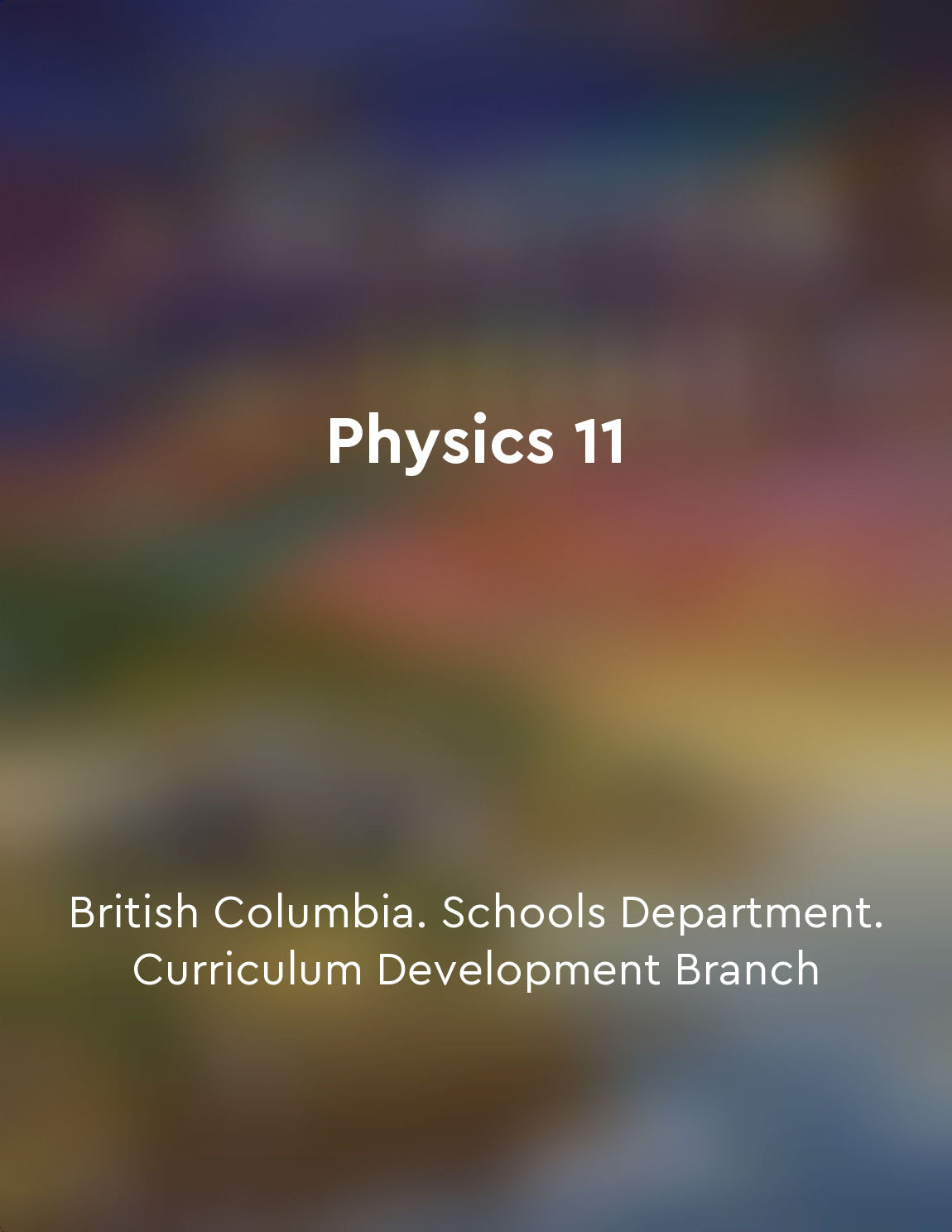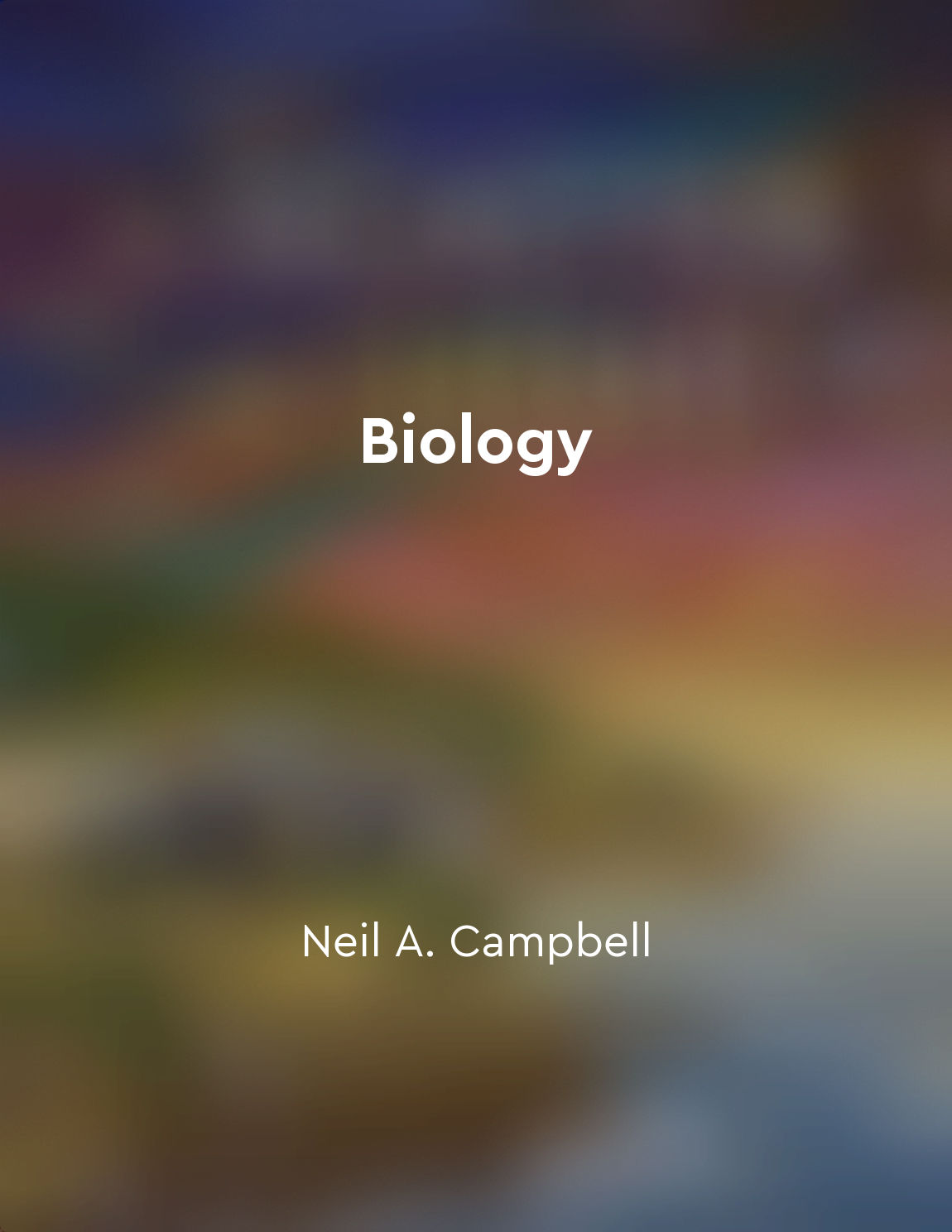Ecosystems are composed of interrelated biotic and abiotic components from "summary" of NCERT Solutions - Biology for Class 12th by Dr. Madhurbhashini,Sargam Hans,Shanya Hans
Ecosystems are intricate systems that consist of living organisms, known as biotic components, and non-living elements, referred to as abiotic components. The relationship between these biotic and abiotic factors is crucial for the functioning and stability of an ecosystem. Biotic components encompass all living organisms within an ecosystem, such as plants, animals, fungi, and microorganisms. These organisms interact with each other through various relationships like predation, competition, and symbiosis. On the other hand, abiotic components include physical factors like temperature, sunlight, water, soil, and nutrients. These non-living elements play a significant role in shaping the ecosystem and influencing the distribution and abundance of biotic components. For instance, the availability of water and sunlight determines the types of plants that can grow in a particular area, which in turn affects the animals that depend on those plants for food and shelter. Furthermore, the interrelationship between biotic and abiotic components is dynamic and complex. Changes in one component can have cascading effects on the entire ecosystem. For example, an increase in temperature due to climate change can lead to the extinction of certain plant species, impacting the animals that rely on those plants for survival. This interconnectedness highlights the delicate balance that exists within ecosystems and emphasizes the importance of conserving biodiversity and protecting the environment.- Ecosystems are intricate networks of relationships between living and non-living components. Understanding these interconnections is vital for managing and preserving ecosystems for future generations. By recognizing the significance of both biotic and abiotic factors, we can work towards maintaining the health and sustainability of our planet's diverse ecosystems.
Similar Posts

Energy can be transferred and transformed
The concept that energy can be transferred and transformed is a fundamental principle in physics. Energy is not created or dest...
Extinction is a natural part of the evolutionary process
Extinction is a natural part of the evolutionary process. Life on Earth has evolved over millions of years, with countless spec...
Embracing the truth of evolution enriches our understanding of the natural world
The truth of evolution is a profound concept that has the power to transform our understanding of the natural world. By accepti...
Ecology is the study of interactions between organisms and their environment
Ecology is a branch of biology that deals with the study of interactions between organisms and their environment. It focuses on...

How genes are expressed
Genes are the units of heredity, containing specific instructions for making proteins. The process by which these instructions ...
Invasive plants disrupt natural balance and harm native species
Invasive plants disrupt the natural balance of ecosystems by outcompeting native plants for resources such as sunlight, water, ...
Recommendations for enhancing research and conservation efforts in arid regions
To improve research and conservation initiatives in arid regions, it is crucial to prioritize the identification and documentat...
We are all connected in the circle of life
The intricate web of life that surrounds us is a testament to the interconnectedness of all living beings on this planet. Each ...
Collective action is needed for a thriving Anthropocene
The Anthropocene is the age in which humanity has become the dominant force shaping our planet. As we continue to alter the Ear...
Immune responses defend against pathogens
When pathogens invade the body, the immune system goes into action to protect against these harmful invaders. The immune respon...

